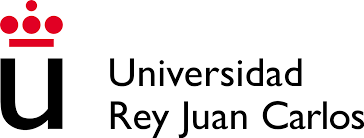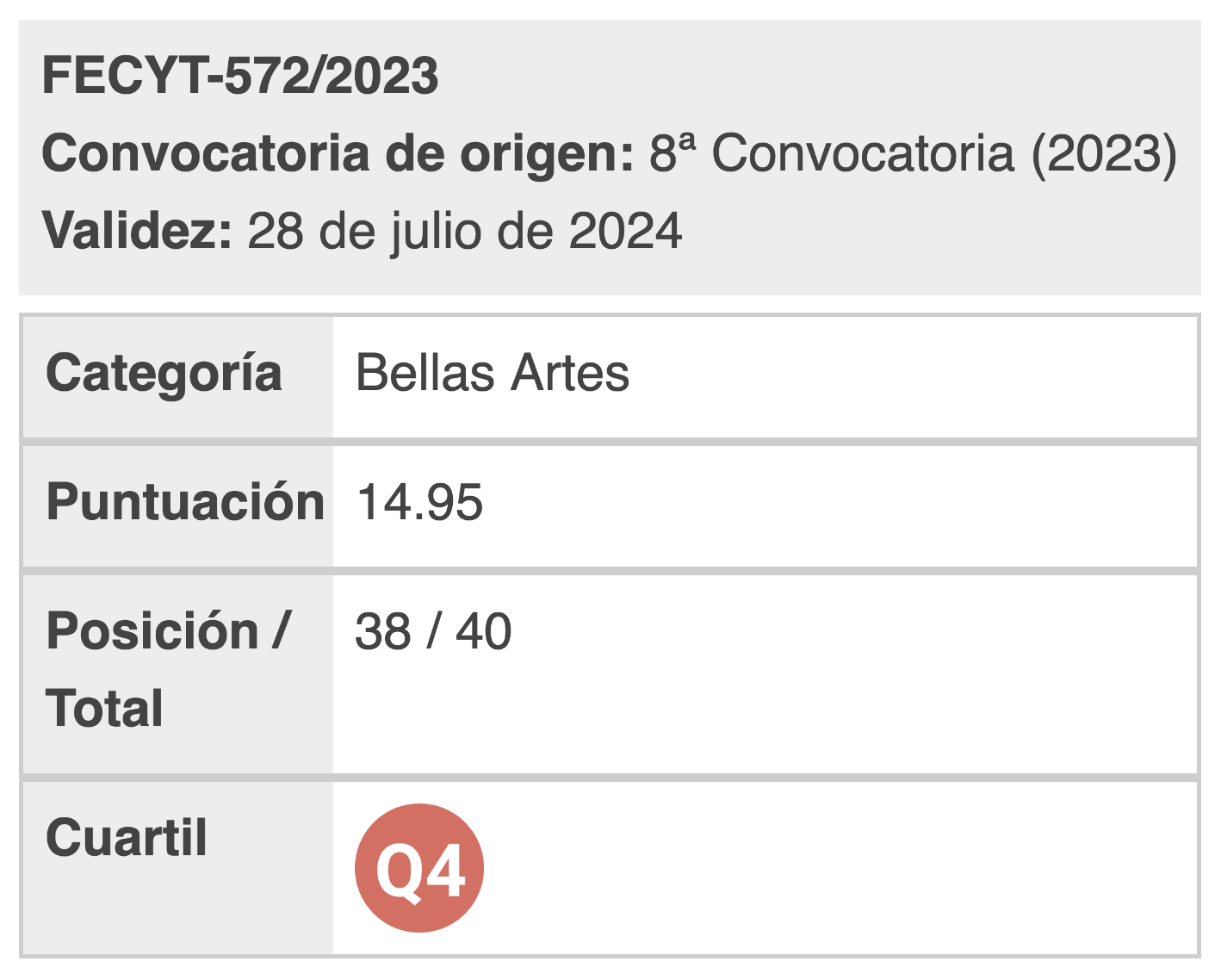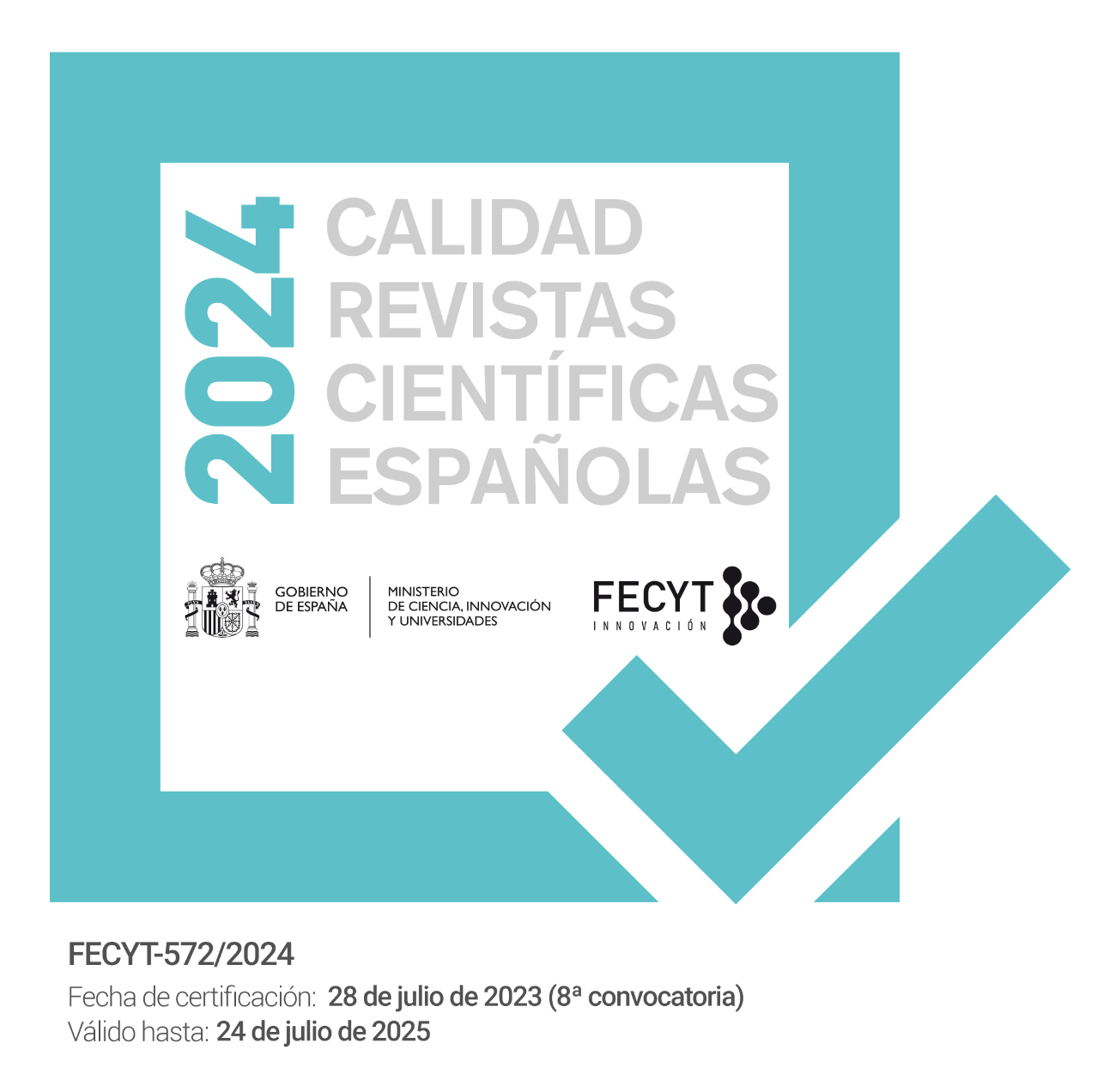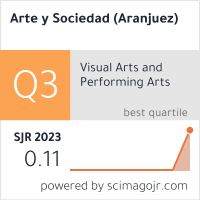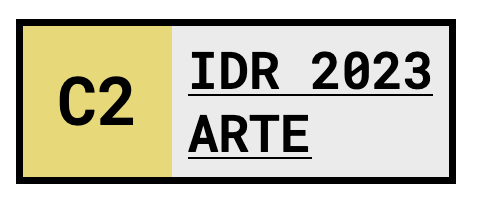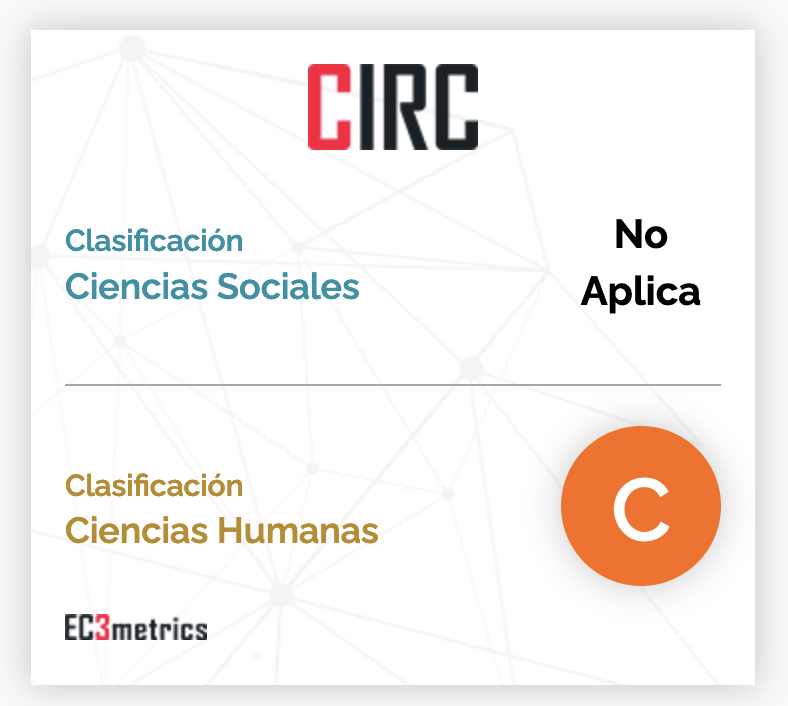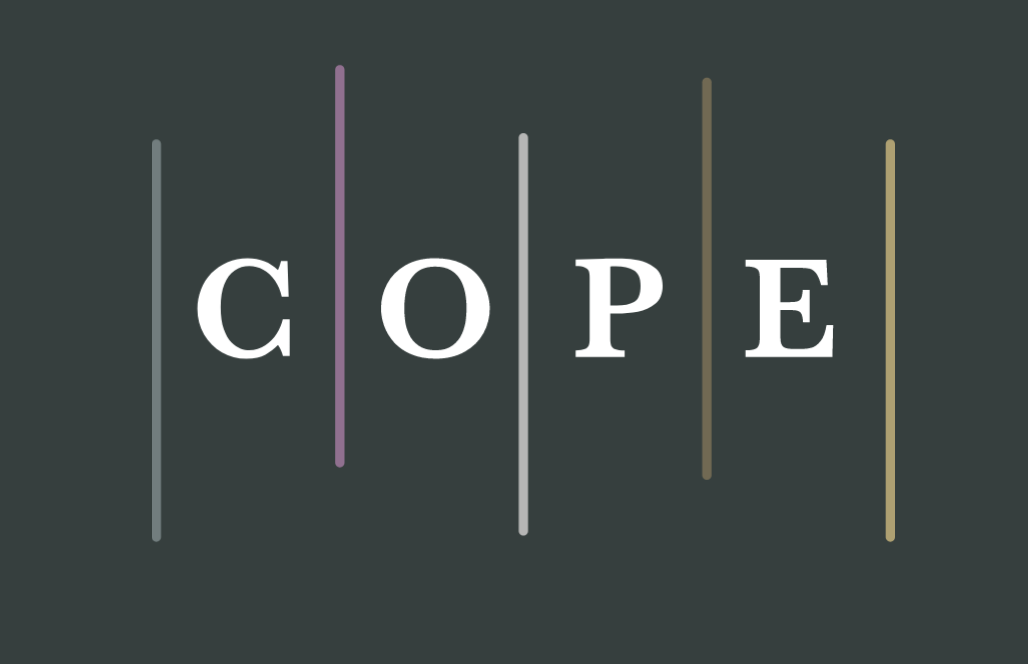DECONSTRUCTING IMAGES AND TRANSFORMING STORIES: WOMEN WHO CHALLENGE GENDER STEREOTYPES IN ARTISTIC PRACTICES
DOI:
https://doi.org/10.33732/ASRI.6709Keywords:
Video art, audiovisual technology, women artists, gender stereotypes, cultural transformationAbstract
This research dives into video art as a medium of expression and disruption of gender stereotypes, focusing on the work of women artists. It analyzes the convergence between video art and the redefinition of gender roles, exploring how women artists use this medium to challenge and deconstruct entrenched stereotypes. This research seeks to delve deeper into this phenomenon, highlighting the critical role of video art in the transformation of gender narratives and perceptions.References
Bal, M. (2013). Thinking in Film. The Politics of Video Art Installation According to Eija-Liisa Ahtila. Londres: Bloomsbury Publishing.
De la Torre, B. (2011). VideoStorias. Vitoria: ARTIUM, Centro-Museo Vasco de Arte Contemporáneo.
Dexeus, C., & Rego de la Torre, J. C. (2005). Desvelar lo invisible. Videocreación contemporánea. Madrid: Sala de exposiciones Alcalá, 31.
Elwes, C. (2005). Video Art, a guided tour. Nueva York: I.B. Tauris & Co.
Frieling, R., & Herzogenrath, W. (Eds.). (2006). 40yearsvideoart.de - Part 1. Digital Heritage: Video Art in Germany from 1963 to the Present. Ostfildern: German Federal Cultural Foundation.
Gras, M. (Ed.). (2012). Narrativas Digitales y Tecnologías de la Imagen. Madrid: Casa Asia y Ministerio de Educación, Cultura y Deporte.
Hanisch, C. (1970). The personal is political. In S. Firestone & A. Koedt (Eds.), Notes from the second year: Women’s liberation (pp. 76-78). New York: Radical Feminism. Recuperado de : https://idn.duke.edu/ark:/87924/r33x35
Hall, D., & Fifer, S. J. (Eds.). (1990). Illuminating video: An essential guide to video art. Nueva York: Aperture.
Horsfield, K. (2006). Feedback: The Video Data Bank Catalog of Video Art and Artist Interviews. Chicago: Temple University Press.
Martin, S. (2006). Videoarte. Alemania: Taschen.
Meigh-Andrews, C. (2006). A History of Video Art: The development of form and function. New York: Oxford International Publishers.
Myers-Schecter, J. (2006, 11 de febrero). Entrevista a: Phyllis Baldino. Explores Scientific Phenomenon QUANTUM/CONCEPTUAL. Recuperado de: http://www.fringeunderground.com/baldino.html
Palacio, M. (1987). La imagen sublime. Vídeo de creación en España (1970-1987). Madrid: Ministerio de Cultura- Museo Nacional Centro de Arte Reina Sofía (MNCARS).
Renov, M., & Suderburg, E. (1996). Resolutions: Contemporary video practices. Minneapolis-Londres: University of Minnesota Press.
Ruido, M. (Ed.). (2008). Plan Rosebud. Sobre imágenes, lugares e políticas de memoria. La Coruña: Xunta de Galicia.
Rush, M. (2002). Nuevas Expresiones Artísticas del Siglo XX. Barcelona: Destino.
-. (2003). Video Art. Londres: Thames & Hudson.
VVAA. (1987). Telos. Revista de Pensamiento sobre Comunicación, Tecnología y Sociedad, 9.
VVAA. (1990). Videoculturas para fin de siglo. Madrid: Cátedra.
VVAA. (2006). 40 years old Video Art. De Digital Heritage: Video Art in Germany from 1963 to the present. Ostfildern: German Federal Cultural Foundation.
VVAA. (2009). Film and Video Art. Londres: Tate Publishing.
VVAA. (2009). Sounds and visions artists´ films and videos from Europe. The last decade. Milano: Silvana Editoriale Spa.
VVAA. (2011). VideoStorias. Comisarias: Blanca de la Torre e Imma Prieto. ARTIUM (Vitoria-Gasteiz), 2011. Recuperado de http://www.artium.org/es/explora/sala-de-prensa/noticias/item/55305-artium-presenta-videostorias,-una-peculiar-revision-del-videoarte-espa%C3%B1ol-desde-los-origenes-hasta-la-actualidad]
VVAA. (2012). Video Art in Germany from 1963 to the Present. Ostfildern: German Federal Cultural Foundation.
VVAA. (2016). Feedback: The Video Data Bank Catalog of Video Art and Artist Interviews. Chicago: Temple University Press.
VVAA. (2019). Film and Video Art. London: Tate Publishing.
VVAA. (2020). Sounds and Visions: Artists' Films and Videos from Europe. The Last Decade. Milan: Silvana Editoriale Spa.

Downloads
Published
How to Cite
Issue
Section
License

This work is licensed under a Creative Commons Attribution 4.0 International License.
You are free to:
Share — copy and redistribute the material in any medium or format.
Adapt — remix, transform, and build on the material for any purpose, including commercial.
Attribution — You must properly acknowledge the authorship, provide a link to the license, and indicate if any changes have been made.
You may do so in any reasonable manner, but not in any way that suggests that you endorse or receive any endorsement by the licensor for your use.
No additional restrictions — You may not apply legal terms or technological measures that legally restrict you from doing what the license allows.

